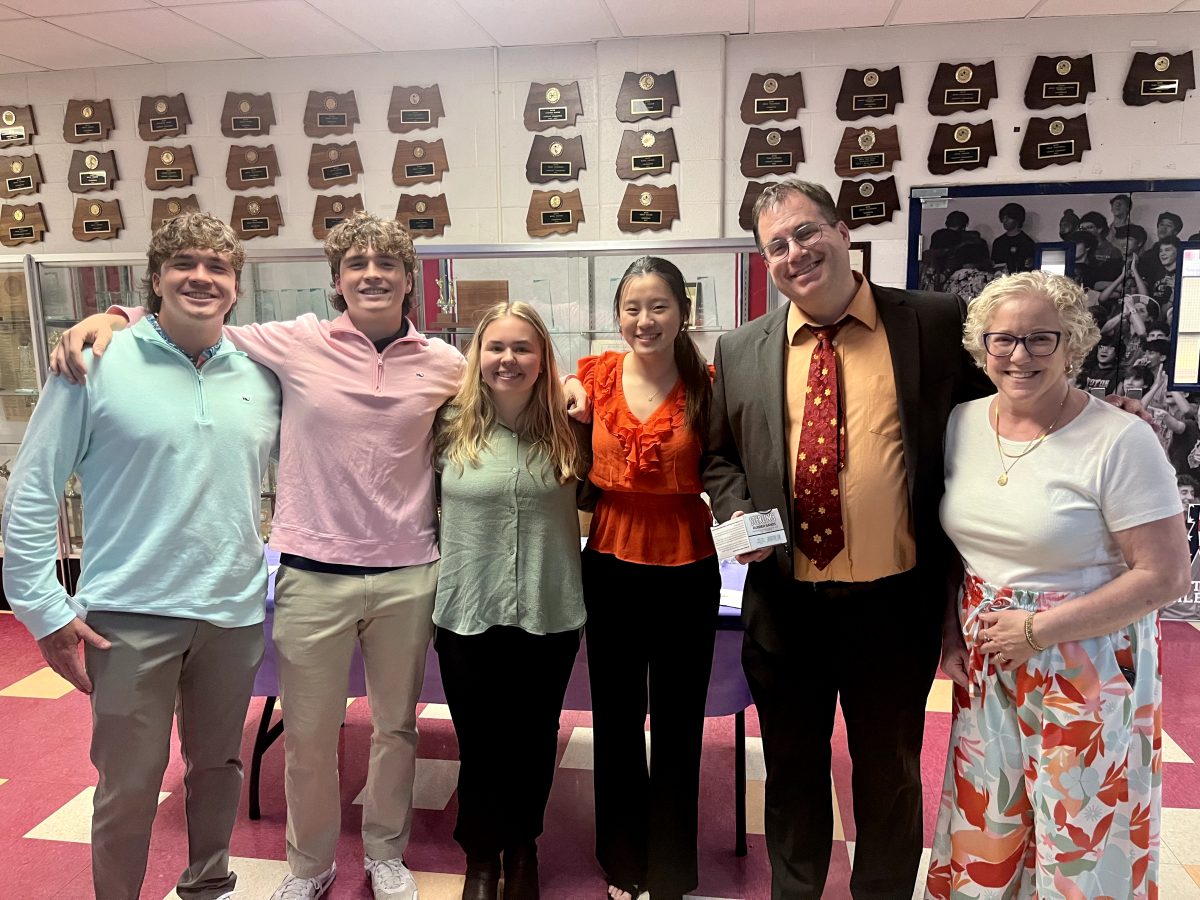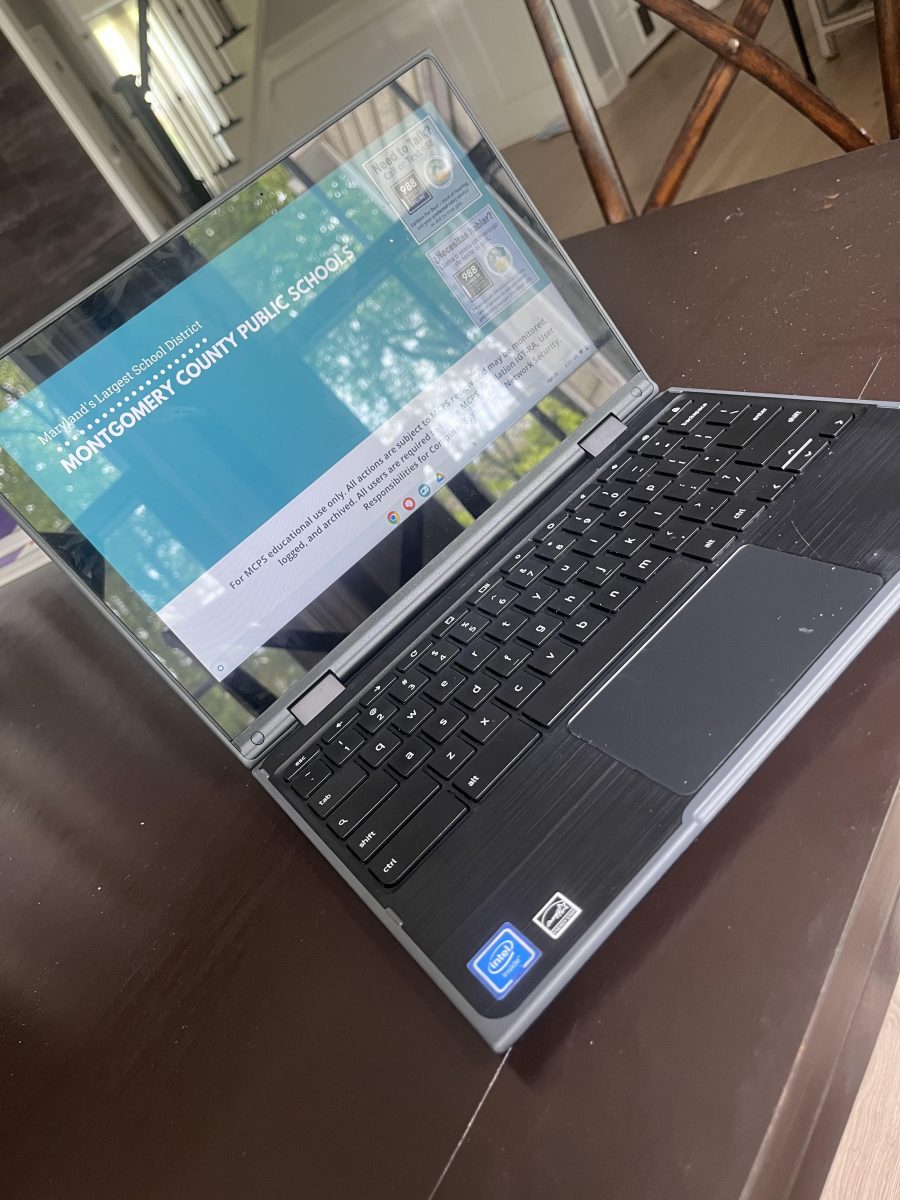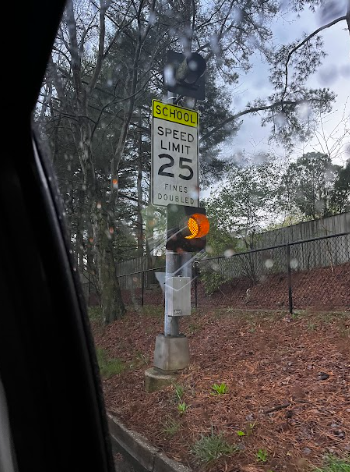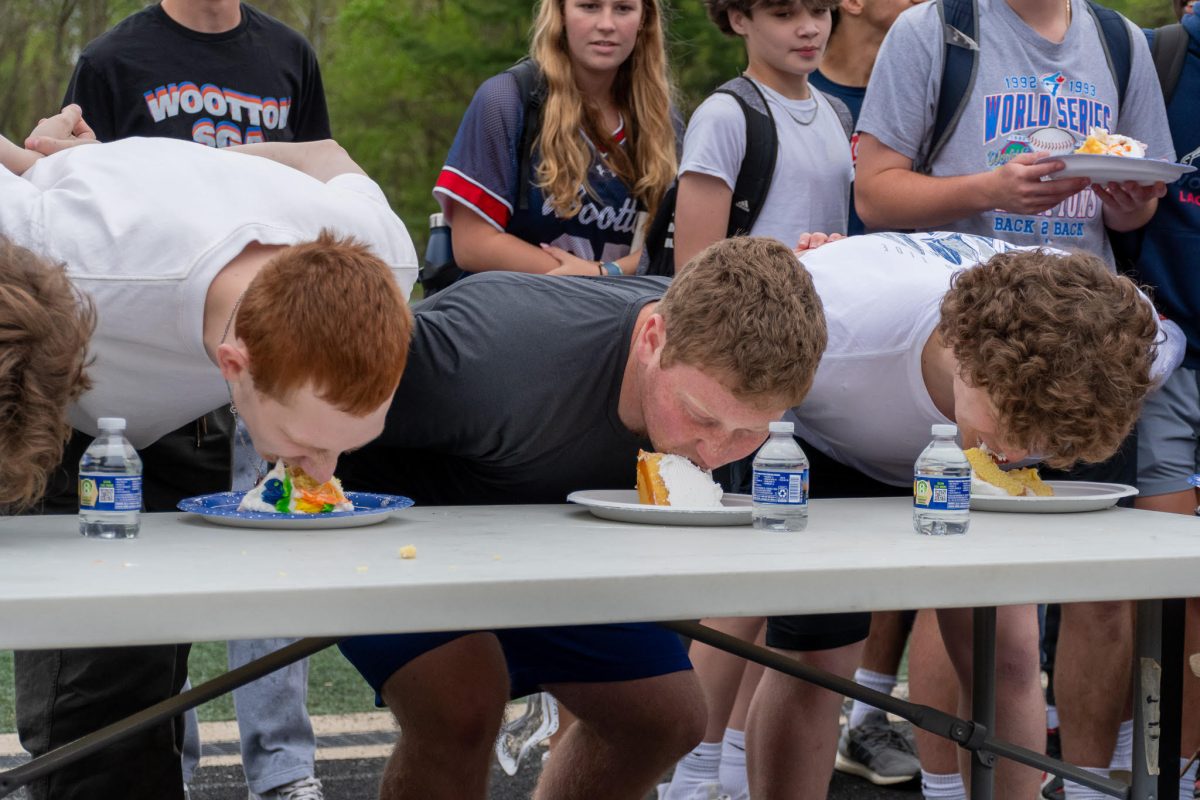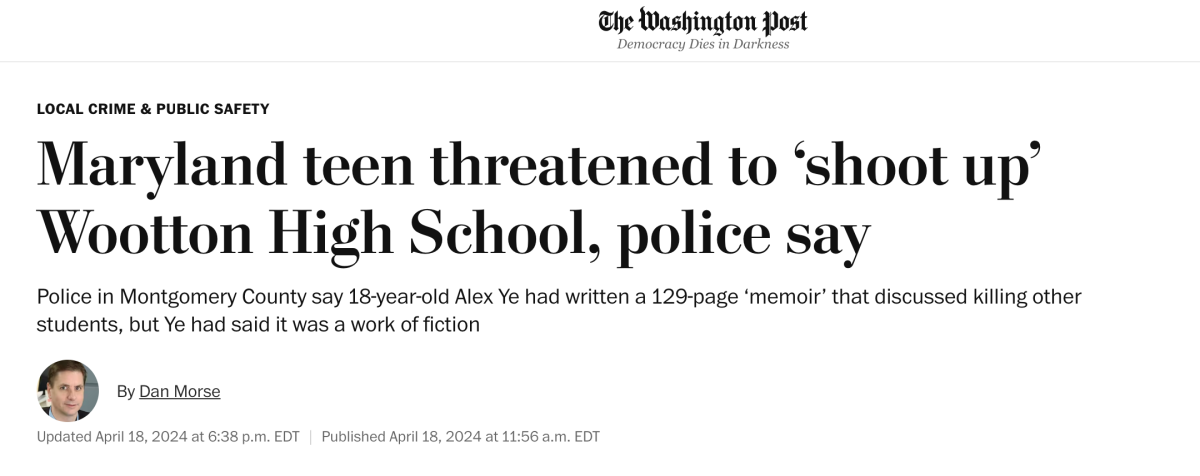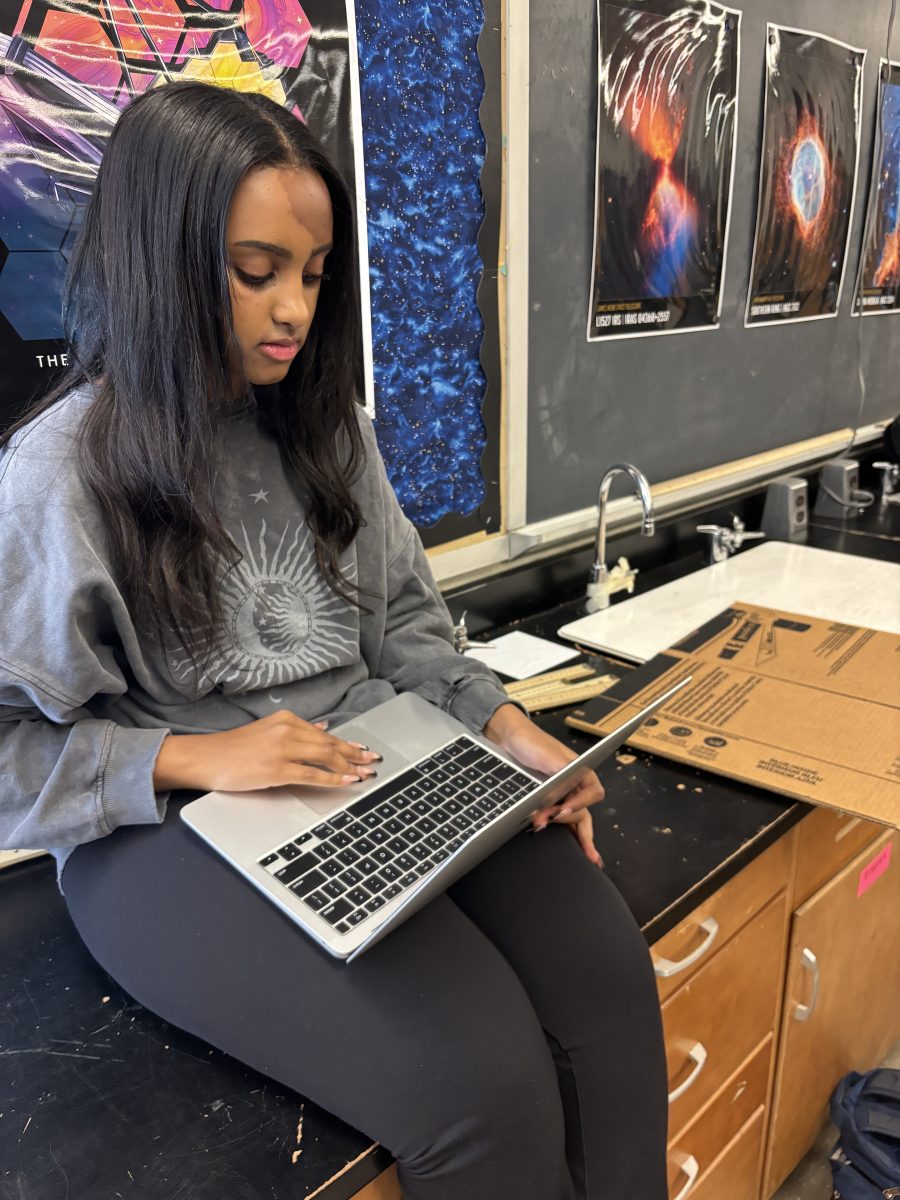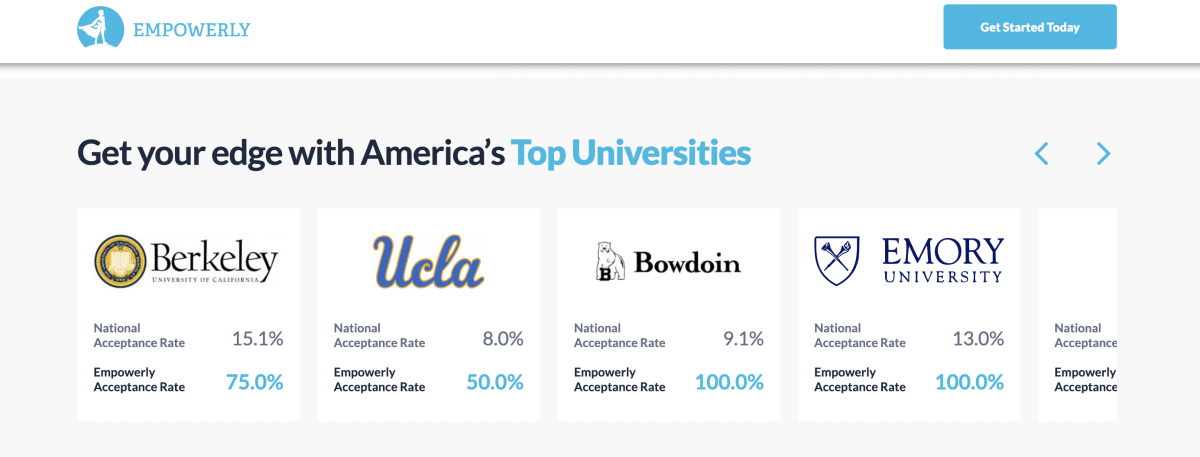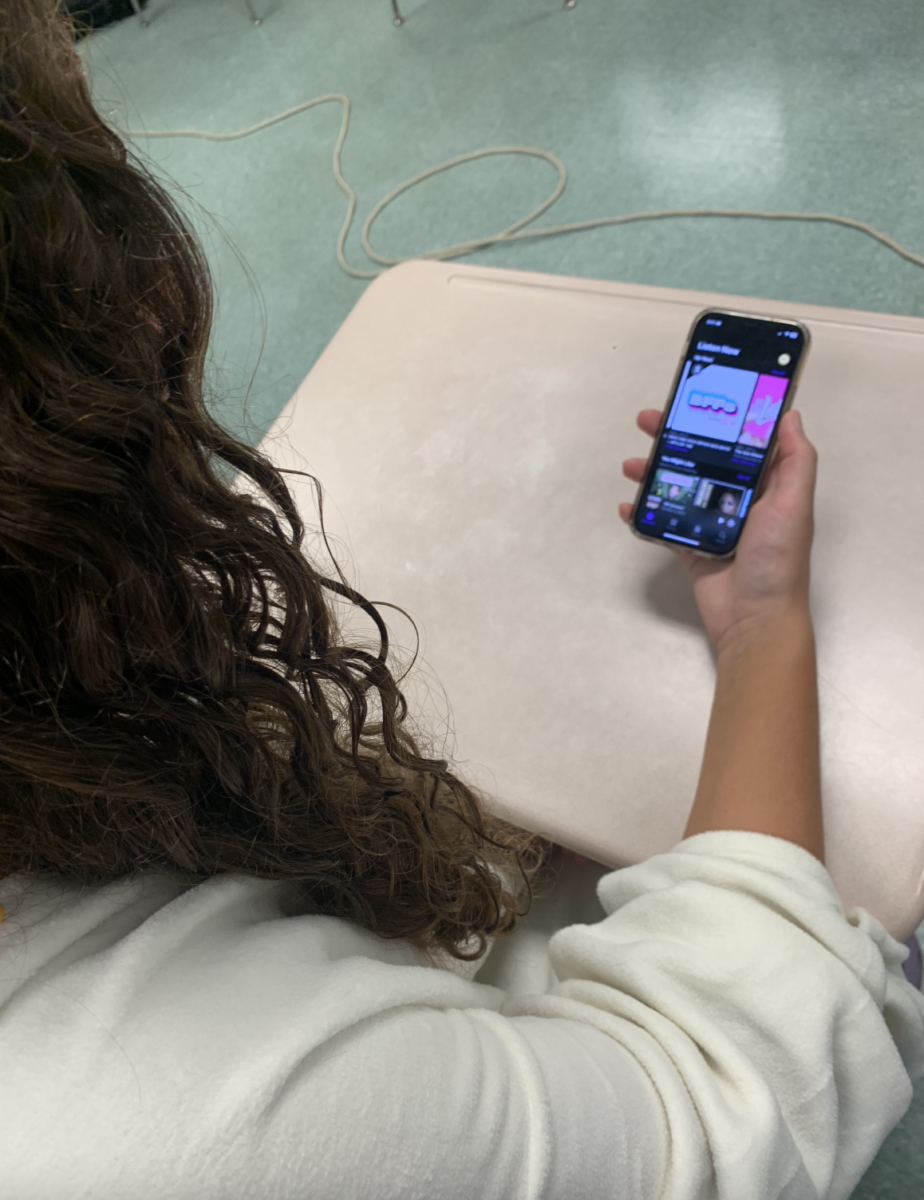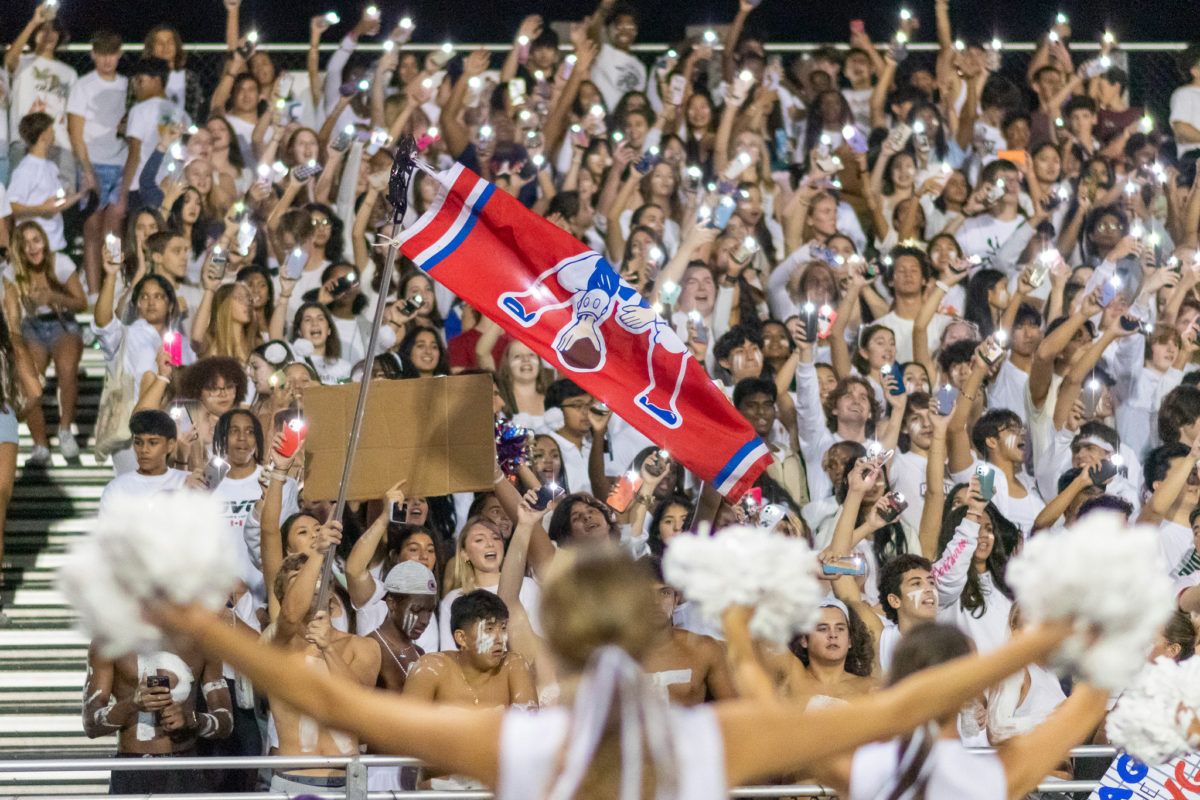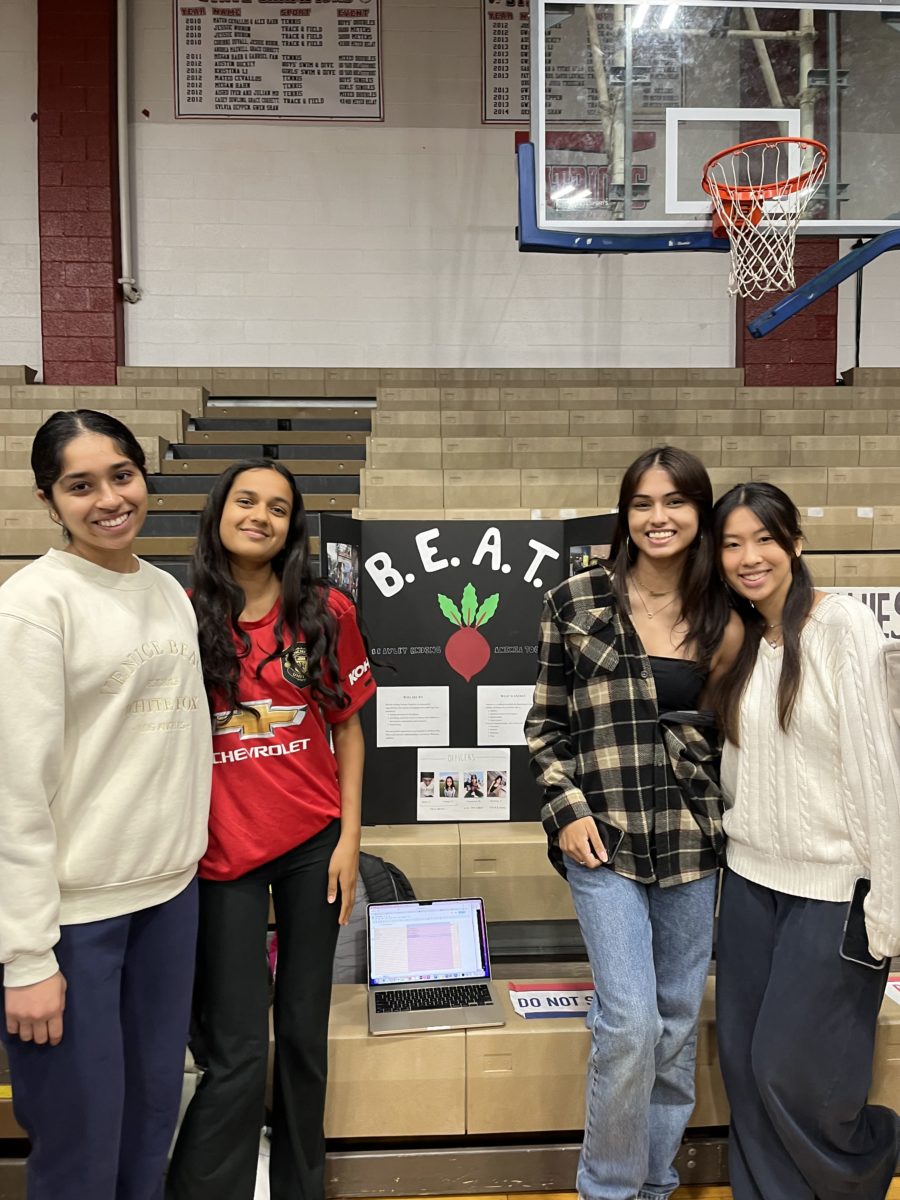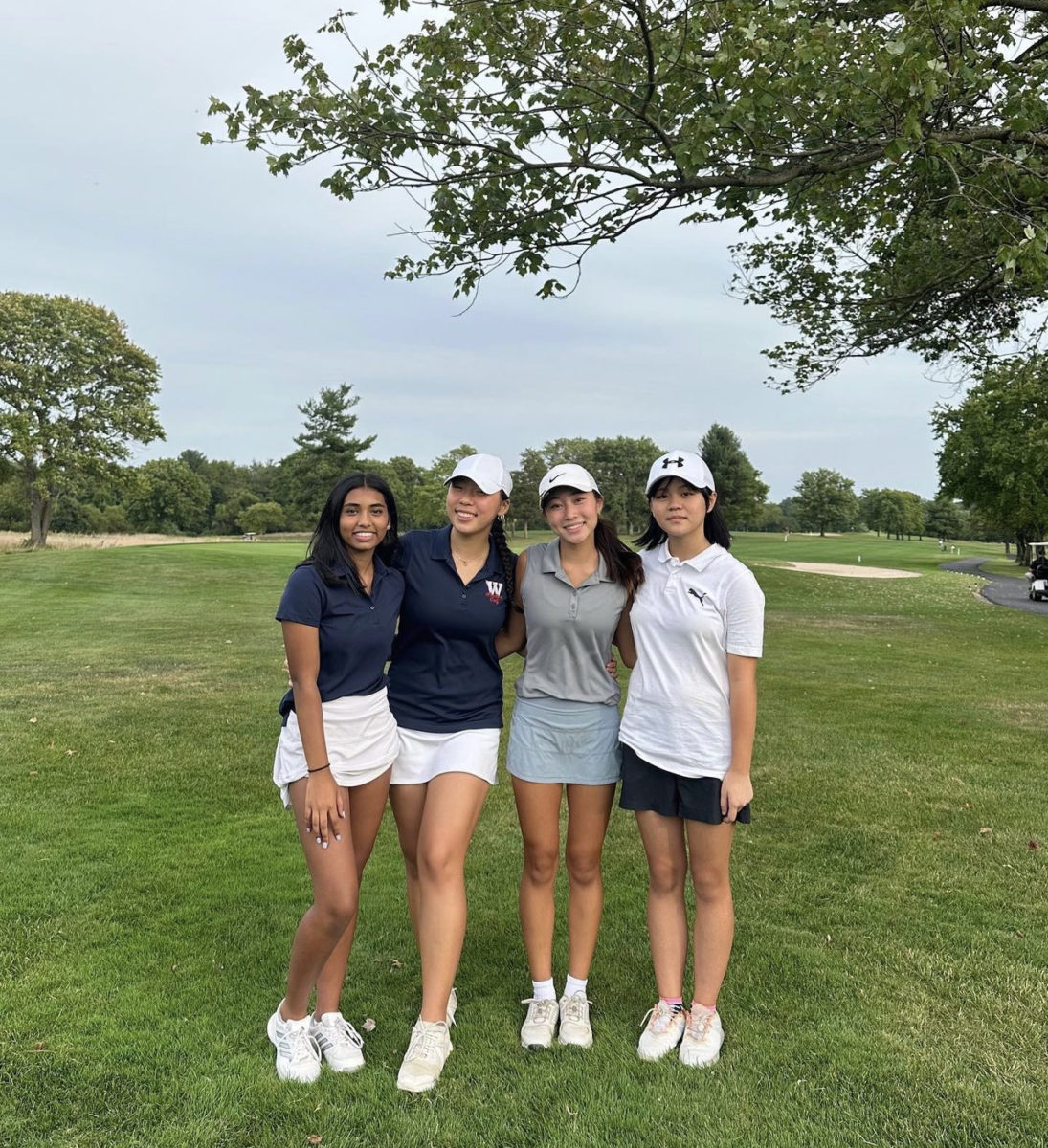The total solar eclipse on Apr. 8 crossed over the entire continent of North America. Marylanders did not get to experience a total solar eclipse. However, the moon covered around 88.3% of the sun at the peak of the eclipse, according to NASA. The partial eclipse began at 2:04 p.m. and ended at 4:32 p.m. with the maximum coverage at 3:20 p.m. and lasting around two and a half hours.
A total solar eclipse is when the moon passes between the Sun and the Earth, completely blocking the face of the sun, whereas a partial eclipse is when the moon only covers part of the sun. Lunar eclipses are another type of eclipse when the moon and the sun are on exact opposite sides of the Earth.
Except during the total phase of a solar eclipse, it is not safe to look directly at the sun without specialized eye protection. Viewing any part of the sun during the eclipse without eclipse glasses will instantly cause severe eye injury. “Looking at the eclipse without eye protection can cause solar retinopathy, which means you see spots in your eyes and can lose your vision,” astronomy teacher Kristen Schwarz said.
The total solar eclipse began over the South Pacific Ocean. The first location to experience totality was Mexico Pacific’s coast at 2:07 p.m. EDT. The path of the eclipse continued from Mexico through Texas, Oklahoma, Arkansas, Missouri, Illinois, Kentucky, Indiana, Ohio, Pennsylvania, New York, Vermont, New Hampshire and Maine.
The next total eclipse will not be until Aug. 23, 2044, around 20 years away. The most recent total eclipse before this one was Aug. 21, 2017. Students traveled to states like Ohio and Pennsylvania to see the eclipse in its totality. Junior Meymuna Oweis drove five hours to Medina, Ohio, to see the eclipse. “The eclipse was beautiful, especially in totality. It was mesmerizing to look at and it was completely worth the trip for me. I watched it with my dad, three cousins and my uncle,” Oweis said.
Not everyone was able to travel to watch the solar eclipse. “I watched the partial eclipse after school outside during track practice,” sophomore Sophia Missoi said. “It was a really surreal experience to see everything go dark and watch the overlap of the sun and moon. I wasn’t expecting the sun to appear so orange and bright.”
People all over the world celebrated with eclipse-watching parties, weddings and more, where people gathered with their loved ones to watch this once in a lifetime moment. “My favorite part of the eclipse is watching it with other people,” Schwarz said.
Side effects of the eclipse may include headaches and fatigue, according to the Daily Mail. “I didn’t feel any side effects but during totality it got really dark and it felt like sunset but without color. The light was just gray,” Oweis said.



